Description
WOODWARD 5464-658 MicroNet Control Module – Reliable I/O for Turbine and Genset Platforms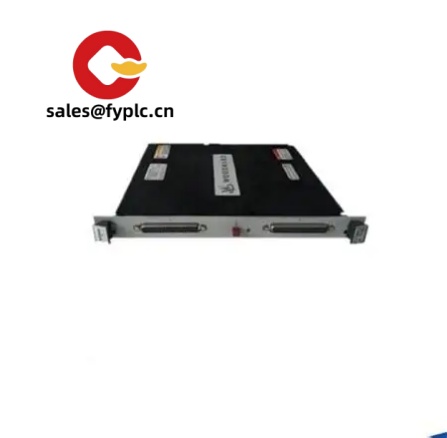
The WOODWARD 5464-658 is a plug-in module for the MicroNet/NetCon control family, used widely on turbine, compressor, and generator control systems. From my experience, this series is typically selected as a direct replacement part to restore I/O functionality and keep a running unit online, rather than a new build. You might notice that it integrates entirely through the MicroNet backplane, so there’s no external fieldbus port on the faceplate—the CPU handles all communications. That simplicity tends to make service swaps fast and predictable on site.
Company’s Order Placement Process and Guarantees
- Warranty: 365 days
- Lead time: 1 week if in stock; no more than one month at the latest
- Payment: 50% advance payment; full payment before delivery
- Express options: FedEx, UPS, DHL
- Each unit is inspected before shipment and packed for shock and ESD protection—small detail, but it reduces install headaches in many cases.
Key Features
- MicroNet/NetCon rack compatible – Designed as a plug-in card for standard MicroNet chassis slots, so swap-outs are typically tool-light and quick.
- Backplane integration – Signals and power are routed via the system backplane for tidy wiring; fewer external jumpers on the faceplate.
- Industrial-grade build – Conformal-coated PCB and robust connectors help it cope with vibration and cabinet dust found in power plants and process skids.
- Stable revision pairing – Works with MicroNet CPUs when matched to the appropriate firmware/board revision; that compatibility is what maintenance teams value on legacy assets.
- Serviceable in the field – Hot work is avoided; typically you power down, observe ESD precautions, swap the card, and the CPU detects it on boot.
Technical Specifications
| Brand / Model | WOODWARD 5464-658 (MicroNet control module) |
| HS Code | 8538.90 (Parts suitable for apparatus of 8535/8536/8537) |
| Power Requirements | Supplied via MicroNet backplane from chassis PSU (no separate field power on module in typical setups) |
| Operating Temperature | 0 to +60 °C typical (control cabinet environment) |
| Dimensions & Weight | Standard MicroNet plug-in card format; typical weight ≈ 0.7–0.9 kg |
| Signal I/O | I/O handled through MicroNet field termination (via rack/terminal board); channel detail depends on 5464-658 variant and firmware pairing |
| Communication Interfaces | Internal backplane interface to MicroNet CPU; no external serial/Ethernet port on the module front (typical) |
| Installation Method | Rack-mounted, front-insert plug-in card; secured with panel screws, connects to system backplane |
Application Fields
This module is commonly used in gas/steam turbine control cabinets, generator set control panels, and process compressor skids where the MicroNet platform is the site standard. One thing I appreciate is how it fits mixed fleets—many plants keep a few spare 5400-series boards around to reduce downtime risk during seasonal maintenance or unexpected trips.
- Power generation (prime movers, excitation interfaces via CPU-managed logic)
- Oil & gas compression trains and pipeline stations
- Cogeneration and industrial boilers with MicroNet-based sequencing
- Retrofits of legacy Woodward cabinets where a like-for-like I/O replacement is required
Advantages & Value for Procurement
- Form-fit-function compatibility – Keeps the original panel design intact; no rewiring or software re-architecture in most cases.
- Reduced outage time – Swap can often be completed within a short maintenance window; commissioning checks are straightforward.
- Lifecycle continuity – Supports installed base strategies where upgrading the entire control is not yet justified.
- Verified before shipment – Functional checks help minimize DOA surprises, which seems to be the biggest worry with legacy electronics.
“We installed the 5464-658 during a planned stop. After reseating and a cold reboot, the MicroNet recognized it right away and we were back on load in under an hour.” — Maintenance Supervisor, combined-cycle plant
Installation & Maintenance
- Cabinet environment – Install in a clean, ventilated control cabinet; keep ambient within 0–60 °C and avoid condensation.
- Power-down & ESD – De-energize the rack, use grounded wrist straps, and allow stored energy to discharge before handling.
- Seating & fasteners – Insert evenly to mate the backplane connector; tighten the front-panel screws to prevent vibration issues.
- Wiring & terminations – Field I/O connects via the MicroNet termination boards; verify labeling and shield grounds to avoid noise pickup.
- Routine care – Periodic cabinet dusting, connector inspection, and checking the CPU’s diagnostics logs are usually sufficient. Firmware/revision compatibility should be reviewed when mixing old and new boards.
Quality & Certifications
- Typically complies with CE marking for EMC and safety on the MicroNet platform
- UL/cUL recognition is common for the associated control assemblies
- RoHS status may vary by production date for legacy modules; verification available on request
- Backed by a 365-day warranty
Related / Supporting Components (typical in a MicroNet rack)
- MicroNet CPU module (5466-xxx series) – Executes application logic and handles communications.
- MicroNet power supply module – Feeds regulated voltages to the backplane and all I/O boards.
- Field termination boards – Provide screw terminals for analog/discrete wiring; matched to I/O card type.
- Chassis/backplane – 19-inch rack assembly that houses CPU and I/O; slot assignment matters for addressing.
If you’re replacing a failed I/O card, sharing the current rack slot, CPU part number, and any observed diagnostic LEDs helps confirm that 5464-658 is the right fit. That small bit of context usually avoids a second outage.

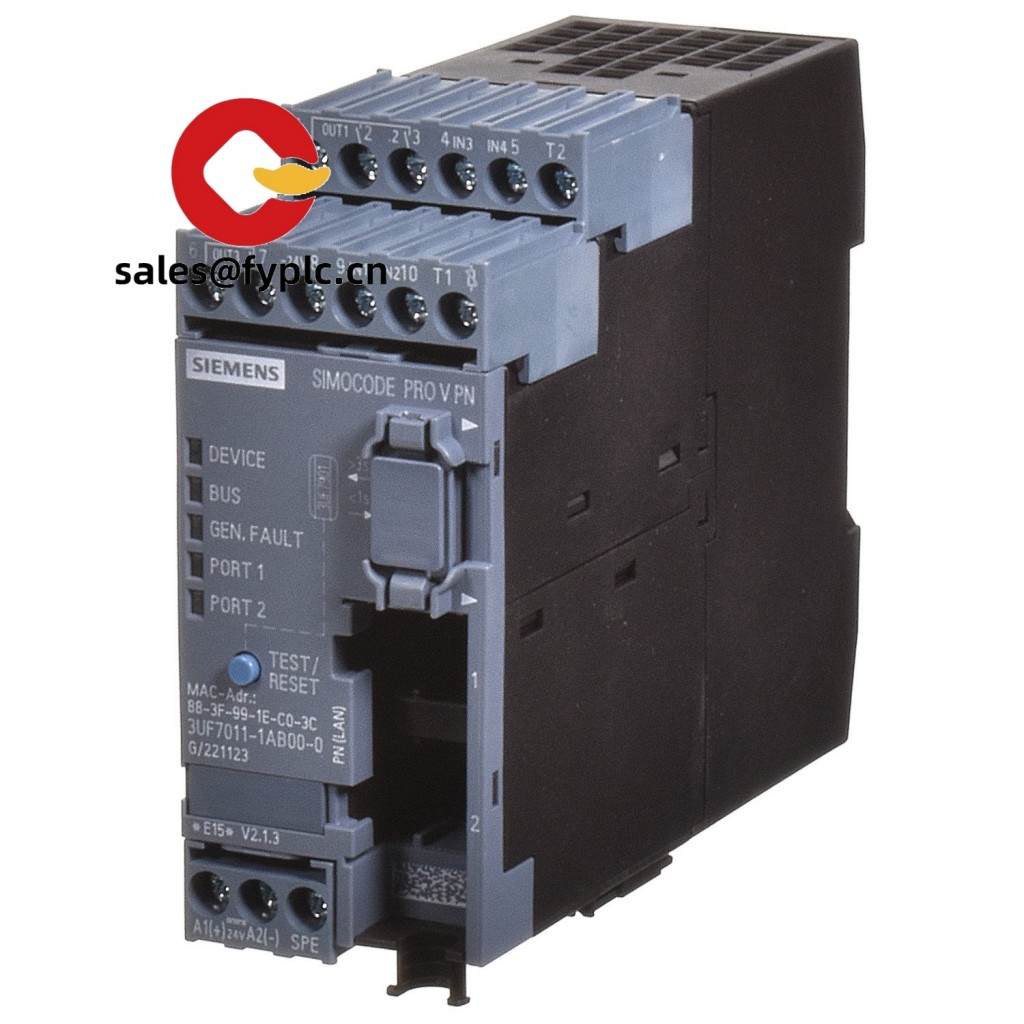



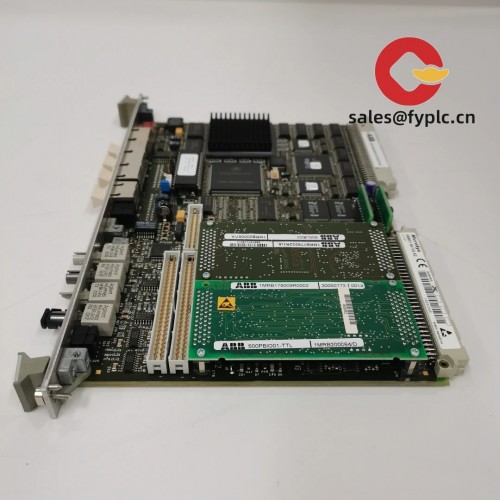
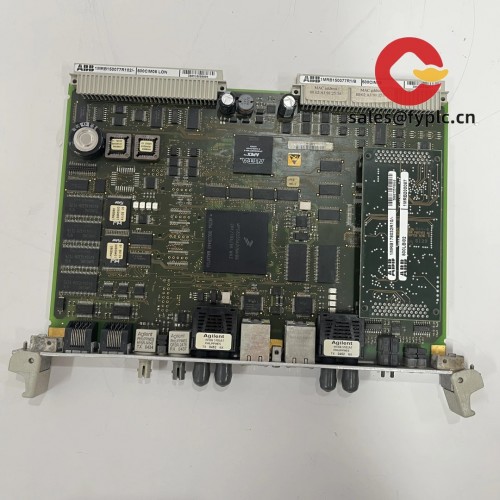
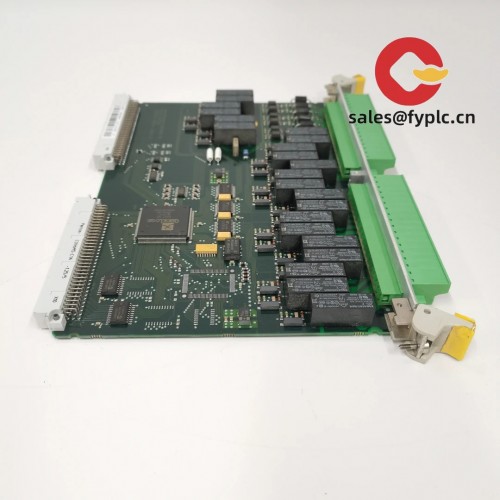
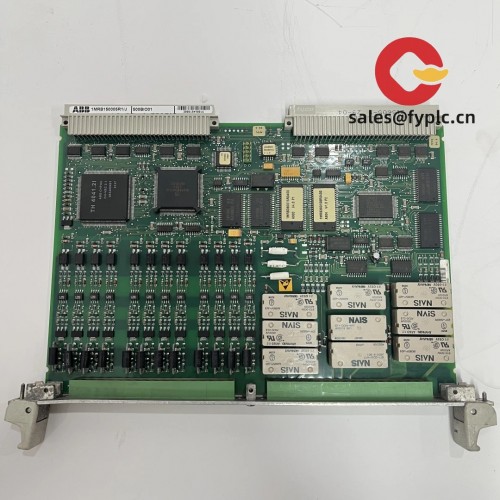
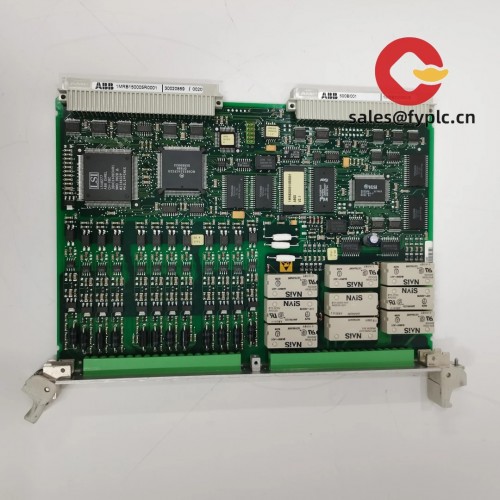


Reviews
There are no reviews yet.